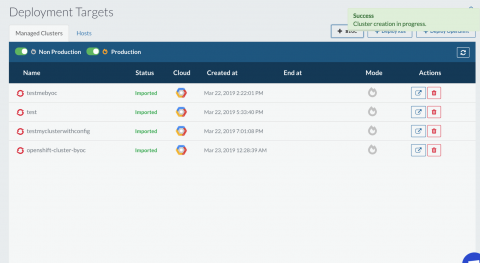De-Risk Application Modernization
There is a lot of pressure on enterprise IT to adopt cloud, and rightfully so. Most enterprises are moving toward multi-tenant, fully managed deployments, but most are seeing a careful, deliberate migration towards public cloud or hosted environments. Identifying and assessing challenges is the key point before taking any steps to modernize or migrate applications.



